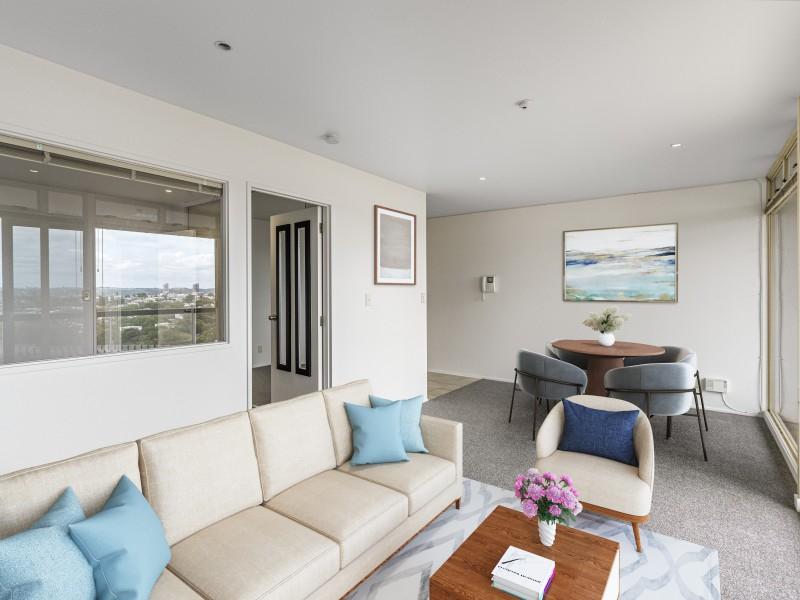MIRAJ PAINTING (Cedar Treatments)
Kia Ora
What are the best Treatments for cedar?
Treatments for cedar wood can be broadly placed into three groups: opaque, semi-transparent, transparent or untreated.
Cedar wood is pitch and resin-free, which means that finishes are held very well by the wood as long as they are applied before the weathering process has begun.
Generally, opaque treatments (like paints and solid-colour stains) offer higher protection at the expense of obscuring more of the wood’s natural appearance.
Treatments that are more transparent — like natural stains and water-repellent preservatives — usually offer more modest protection from the elements, but retain a greater amount of the timber’s natural beauty.
1. Opaque or solid-colour
A thorough coating or two of acrylic-based paint is by far the most protective of the finishes on offer. It will shield the timber from moisture and weathering, but will completely conceal the wood’s colour and grain — so make sure to choose a wood paint of your desired colour.
These are also solid-colour stain finishes, which provide an opaque finish whilst retaining some of the original texture. They offer very strong protection against the elements.
Paints and solid-colour finishes allow you to take full control of appearance, adding a bit of excitement, colour or charm to a finished cedar project — but they’re not for the indecisive!
2. Semi-transparent stains
If you’re not interested in an opaque finish, there are still many ways to keep your Cedar looking natural, whilst keeping it well-shielded. For this, a semi-transparent stain might be the ticket.
Depending on the product chosen, semi-transparent stains still offer up some interesting, subtle changes to the wood’s colour, pronouncing grains and knots — as well as affording great protection. Semi-transparent finishes can be oil-based or natural.
Oil-based protection penetrates deeper into the wood and usually provides a more drastic change of colour, giving a greater deal of protection from the elements.
Natural, water-based protection doesn't penetrate as deeply but still affords a good deal of protection, containing fungicides that inhibit the growth of mildew. They’re seen as more environmentally friendly.
There are many types of semi-transparent stains on the market.
Resene Woodsman Wood Oil Stain or Dryden Wood Oil Stain is a good example of a powerful, oil-based protection for cedar wood against weather and UV, available in a range of tints from virtually clear to charcoal. Whilst concealing some of the natural colours, a well-chosen finish like this can enhance the grain of your cedar.
A natural, water-based cedar wood stain — like Resene Woodsman waterborne Wood Oil Stain — will also keep the timber in good condition whilst providing a beautiful finish. A good oil or water-based protection typically lasts for 2 years up to first maintenance.
3. Transparent preservatives and oils
For a transparent finish with some modest protection, consider a coat of water-repellent preservative, or a bleaching oil. There are a range of products on the market.
Although these don’t provide good UV protection, this sort of cedar wood preservative will keep the wood’s warm tones for longer.
Bear in mind that, over time, the cedar will still weather to a grey colour, although this will happen more slowly and you’ll retain the wood’s beautiful, natural tones and patina.
Which cedar treatment should I choose?
Please Call our teams to book your House Cedar treatment.
Jo (0221757314)
It’s Riddle Time – You Might Need an Extra Cup of Coffee!
Nobody has ever walked this way. Which way is it?
Do you think you know the answer to our daily riddle? Don't spoil it for your neighbours! Simply 'Like' this post and we'll post the answer in the comments below at 2pm.
Want to stop seeing riddles in your newsfeed?
Head here and hover on the Following button on the top right of the page (and it will show Unfollow) and then click it. If it is giving you the option to Follow, then you've successfully unfollowed the Riddles page.

Poll: Do you think NZ should ban social media for youth?
The Australian Prime Minister has expressed plans to ban social media use for children.
This would make it illegal for under 16-year-olds to have accounts on platforms including TikTok, Instagram, Facebook and X.
Social media platforms would be tasked with ensuring children have no access (under-age children and their parents wouldn’t be penalised for breaching the age limit)
.
Do you think NZ should follow suit? Vote in our poll and share your thoughts below.

-
84.7% Yes
-
13.9% No
-
1.4% Other - I'll share below
Rotten floor worries?
Is your floor looking worse for wear? Don’t let a rotten floor ruin your space! David can replace damaged boards and restore your floors to their original state.
Fast, affordable, and reliable — get your floors fixed right the first time. Call today for a free quote!

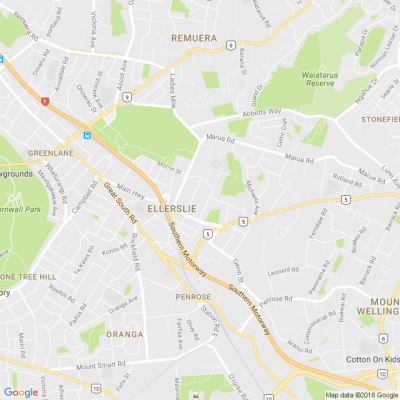





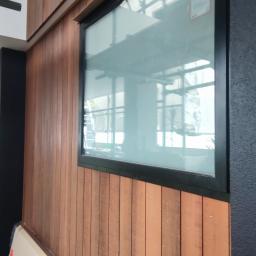
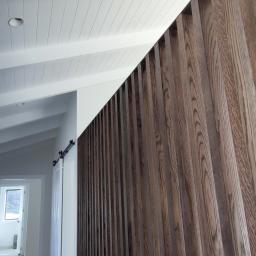
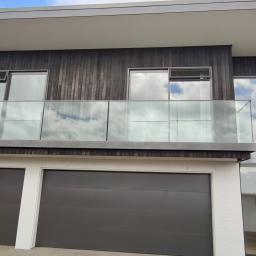
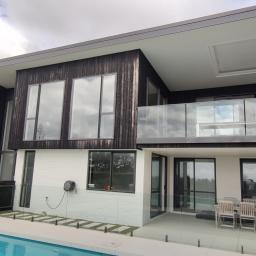

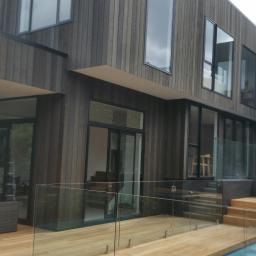
 Loading…
Loading…








